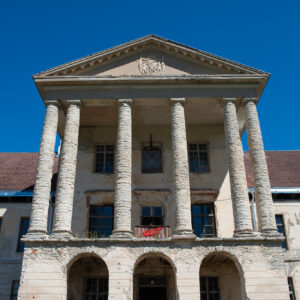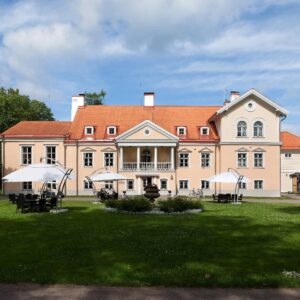The most remarkable architectural treasures of the history of Lahemaa can be found in Kolga, Palmse, Sagadi, and Vihula. Kolga manor, which belonged to the Stenbock family and is Estonia’s largest, still awaits a skilled restorer to restore it to its former glory. However, in Palmse, Sagadi, and Vihula, the manors are fully restored and waiting for visitors to explore. There, you can enjoy walks in well-maintained gardens and parks, as well as experience unique manor interiors.








